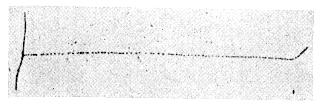
Figure 1: Total number of ternary particles emitted per fission (T/B) as a function of

Ternary Fission Process
Normally, fission is a binary process, in which only two partiles (the primary fission fragments) are formed when the fissioning nucleus splits. Much less frequently, more than two particles are formed and if precisely three particles appear, the fission event is classified as a ternary event. A similar effect can be observed when a cylindrical soap-bubble like the one displayed on the main fission-page is chopped up, a small bubble may remain between two big spherical ones.
Ternary fission occurs once every few hundred fission events. Roughly speaking, about 25% more ternary fission is present in spontaneous fission compared to the same fissioning system formed after thermal neutron capture. The ternary fission emission probability seems to depend on Z and A of the fissioning system, as illustrated in fig.1.

Figure 1: Total number of ternary particles emitted per
fission (T/B) as a function of ![]() of the fission system
[Wag91].
of the fission system
[Wag91].